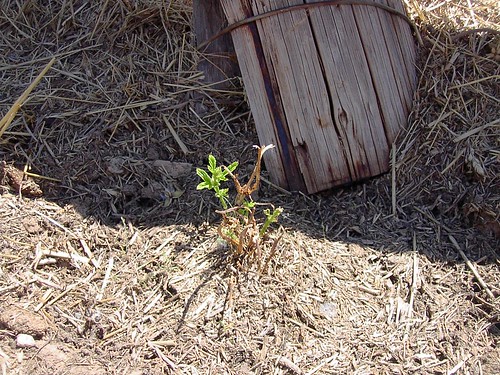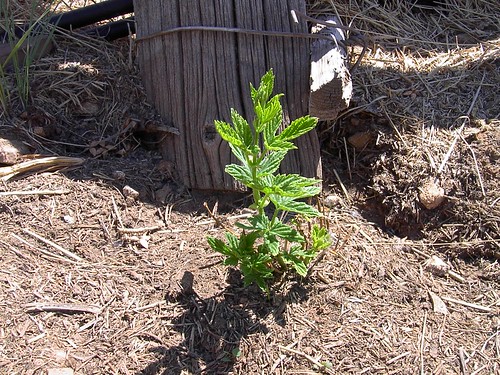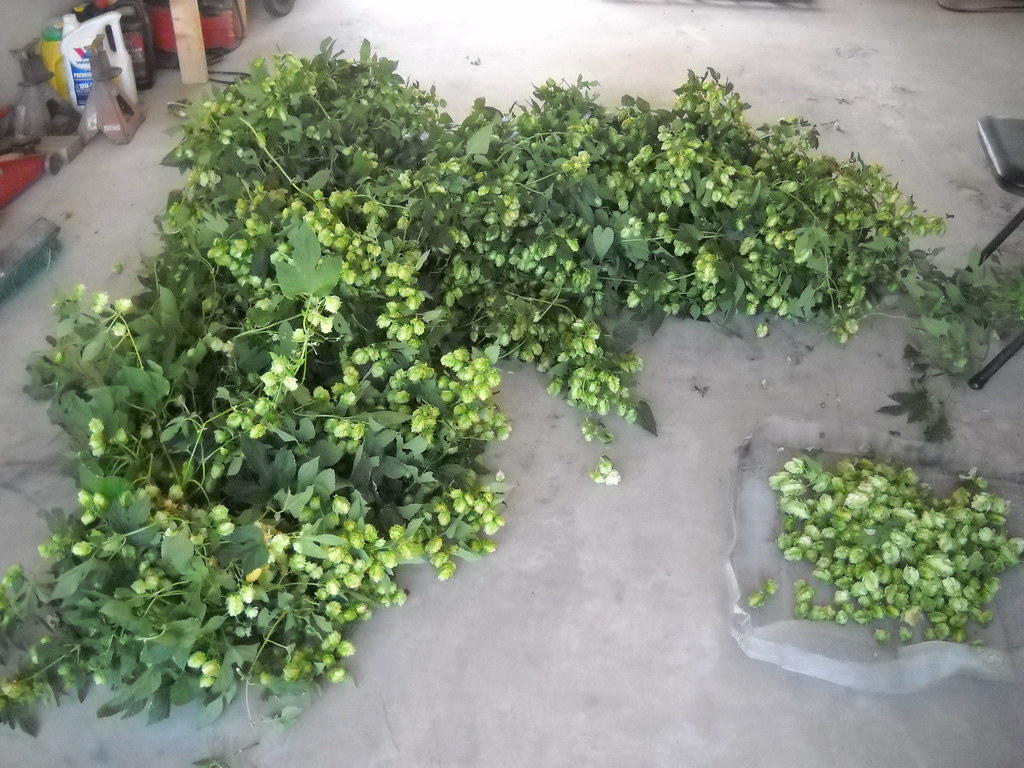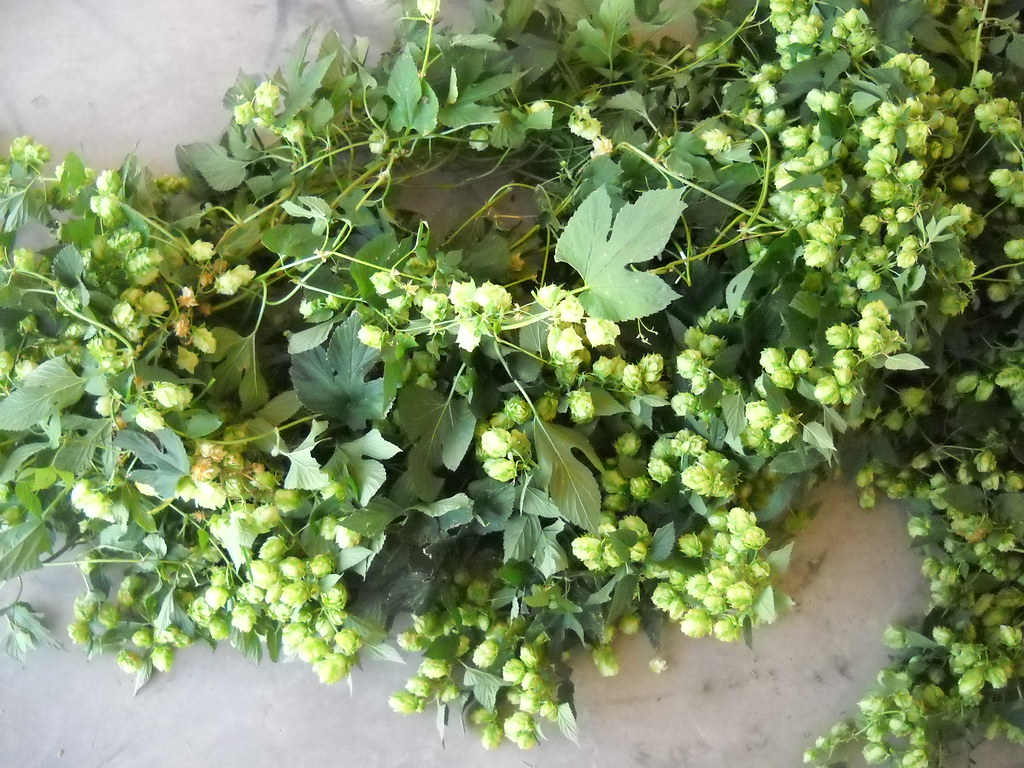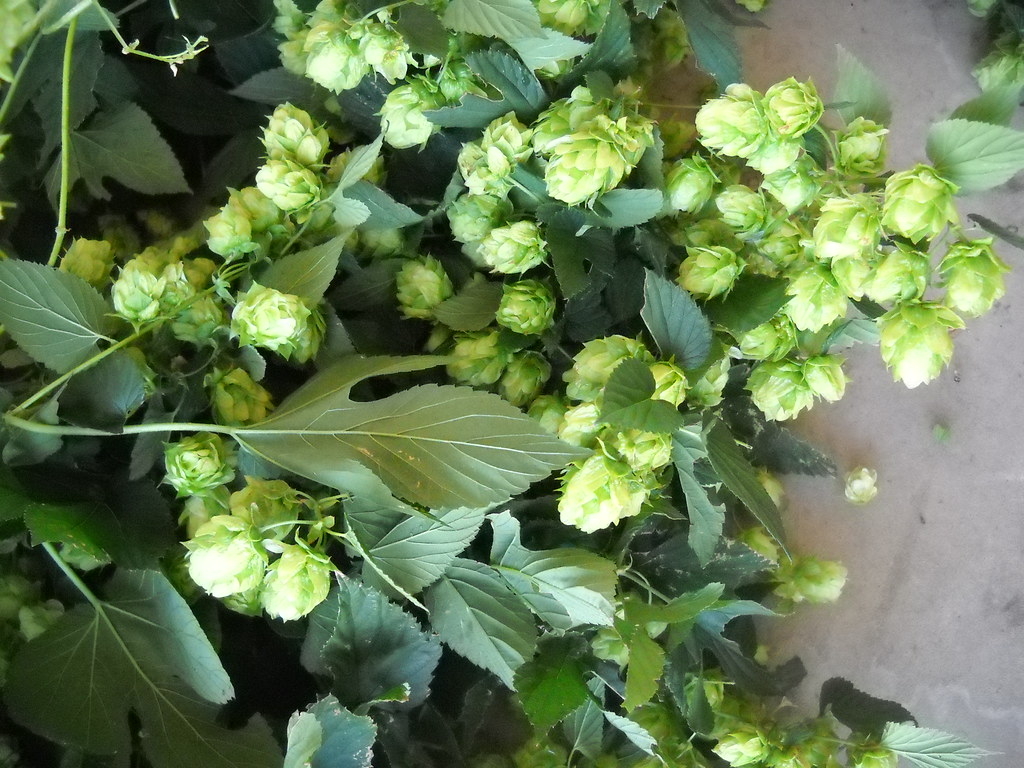Did some more searching and found some speculation that the high cohumulone (47%) content is why people stopped using them in beer.
This is off the freshhops site:
USDA ACCESSION No.: 21679
SELECTION: no information
GENUS: Humulus
SPECIES: lupulus
CULTIVAR: Canadian RedVine
PEDIGREE: no information
PRIMARY SITE USDA/OSU Hop Research Farm, Corvallis, OR
ORIGIN: Bob Bero, Canfield, Ohio
DATE RECEIVED: Spring 1993
METHOD RECEIVED: rhizomes
AVAILBILITY: no restrictions
REFERENCES: USDA Annual Report for Hop Research 1993 and later years
MATURITY: late
LEAF COLOR: medium dark green to lighter green depending on location
SEX: female
DISEASES: Downy mildew: moderately resistant
Powdery mildew: no information
Verticillium wilt: no information
Viruses: no information
VIGOR: very good
YIELD: excellent, over 2000 lbs/ acre, heavy clustering and cone set
SIDE ARM LENGTH: 30 - 50 inches, sometimes even longer
ALPHA ACIDS: 5%
BETA ACIDS: 5 - 6 %
COHUMULONE: 47 %
STORAGE STABILITY: very good, retained over 80% of its original alpha acids
after 6 months storage at room temperature
OIL: 11.20 ml/ 100 g. Humulene 2%; caryophyllene 2%; farnesene 4 - 7%;
myrcene 70%. H/C ratio = 0.90
MAJOR TRAITS: exceptionally vigorous, very low alpha, high cohumulone, little humulene
OTHER INFORMATION: In older Cluster yards in the Grants Pass (OR) area and also in some Yakima yards, Canadian RedVine was mixed in with Clusters. Canadian RedVine probably originated in Canda (hence the name) and due to its extreme vigor and rhizome production it spread rapidly. Farm workers were given orders to collect roots from an existing Cluster field in preparation for new Cluster plantings and when they found a huge crown (probably RedVine) that yielded several hundred roots (rhizomes) they could easily fill their bucket from one crown which, sadly, was not Cluster.




